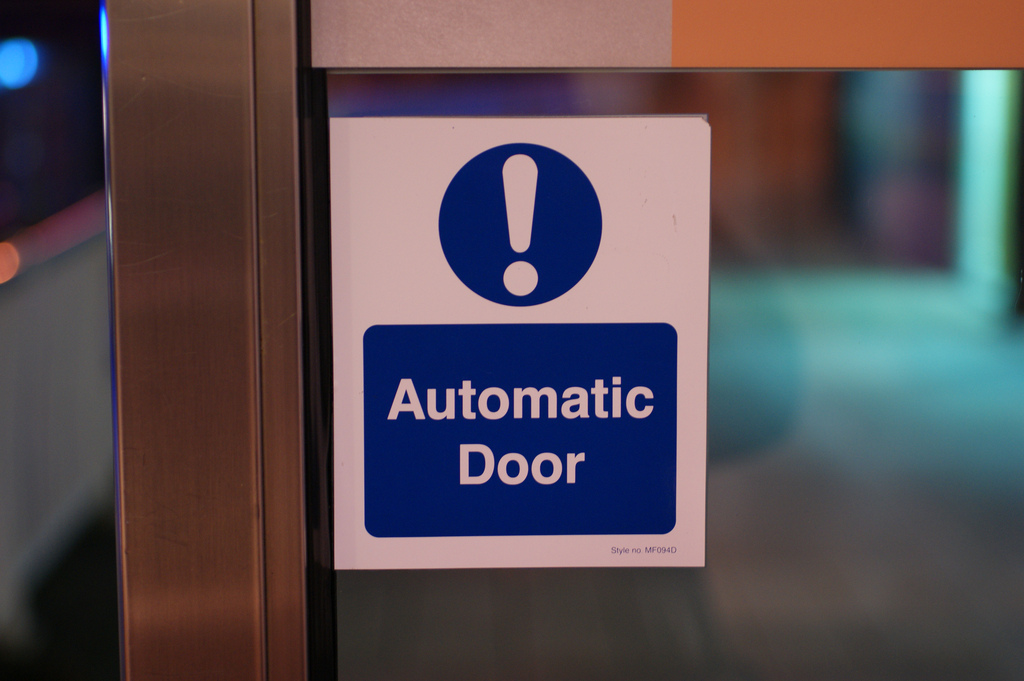Hidden away and buried deep within the recently-passed and signed federal budget bill is a provision authorizing robocalls to cell phones. This bad provision got pushed through Congress in a rush to avoid a government shutdown.
You Will Start Getting Robo Calls on Your Cell Phone Unless the Law is Changed
On October 21, 2015 the IRS announced the 2016 limits that affect qualified retirement plans. As you can see, they are unchanged from 2015.
Topics: ERISA, Retirement Planning
What Can Organ Donation Rules Teach Us About 401(k) and 403(b) Plans?
The percentage of individuals in Europe that donate their organs upon their death varies greatly from one European country to the next. For example, only twelve percent of the German citizens choose to donate their organs but if one steps across the border and enters Austria, close to one hundred percent (99.98%) donate their organs. In Denmark only 4.25% donate their organs, but if one leaves Copenhagen and drives across the Oresund Bridge, down the two-mile long undersea Drogden Tunnel and into Sweden, 86% of the population donate their organs. Why these strange differences amongst very similar demographics?
Topics: ERISA
Bold Steps You Need To Be Taking For Your Retirement
Topics: Retirement Planning
Terminating a SIMPLE Can Be Simple, if Done Right
There are many different forms of qualified retirement plans--among them, 401(k), profit sharing, defined benefit, ESOPs, 403(b), SIMPLE IRAs, and SIMPLE 401(k) plans. One of the unique requirements of SIMPLE IRAs and SIMPLE 401(k) plans is that they must be the sole, exclusive plan of the employer for the entire calendar year. In other words, an employer sponsoring a SIMPLE IRA or SIMPLE 401(k) cannot, in the same calendar year, also sponsor a regular 401(k) plan or any other qualified retirement plan.
Topics: 401(k), SIMPLE IRA, Compliance
U.S. Retirement Readiness: It’s not as bad as you think—It’s worse!
Stig Nybo, President of Pension Sales and Distribution at Transamerica Retirement Solutions, in conjunction with Liz Alexander have written a must-read book on retirement entitled, Transform Tomorrow, Awakening the Super Saver In Pursuit of Retirement Readiness. The book calls attention to the looming retirement crisis in the United States and suggests some fundamental changes to how the retirement industry should present this issue to employees.
Topics: Retirement Planning
Do 401(k) plans positively impact employee retirement savings? Let the statistics speak for
themselves.
“According to the Employee Benefit Research Institute (EBRI), more than 70% of employees earning between $30,000 and $50,000 participate in a 401(k) plan when it is offered to them at work, while fewer than 5% of those same employees save on their own in an IRA when they are
not covered by a workplace retirement savings plan.”i Such a startling difference in outcomes is attributed to the convenience of payroll deduction of a 401(k) plan, the culture of savings that such a plan creates, and, frankly, the inertia of employees—once enrolled they tend to stay enrolled in the 401(k) plan.
Topics: 401(k), Benefits Information
A 401(k) plan established for just the business owner, or the business owner and spouse, has become a popular retirement plan and for many has replaced the SEP (Simplified Employee Pension plan) as the retirement plan of choice. This form of a 401(k) plan is often referred to as a “Solo‐K”.
The Solo‐K is preferred over a SEP for several reasons. First, in some situations it provides a greater tax deduction than a SEP. The deduction to the Solo‐K is limited to 25% of earned income plus any 401(k) deferrals (see #1 below) whereas the deduction to the SEP is capped at 25% of earned income (see #2 below). Second, a Solo‐K can include a participant loan feature whereas the SEP cannot. Third, the annual benefit limit (referred to as the Section 415 limit) is expanded by any 401(k) catch‐up contributions. Fourth, the Solo‐K can allow for ROTH 401(k) contributions, regardless of one’s income level, whereas the SEP cannot. Fifth, the Solo‐K can exclude employees who work less than 1,000 hours per year whereas the SEP cannot.
Example: A corporate business owner, age 50, earning $138,000/year could contribute $34,500 to a SEP (25% of $138,000). That same business owner could contribute in 2014 $57,500 to a Solo‐K [($138,000 x 25%) + $17,500 401(k) deferral + $5,500 401(k) catch‐up contribution]. The employee deferrals of $23,000 ($17,500 + $5,500) made to the Solo‐K can be after‐tax, ROTH contributions, if so elected and permitted by the plan document, regardless of the owner’s income (see #3 below).
Despite their popularity, businesses that adopt a Solo‐K need to avoid 5 key mistakes.
1. Employees improperly excluded from the plan. The Solo‐K must allow any employees within the “controlled group” to participate once the employees have met the plan’s eligibility provisions.
a. Example: Dave owns ABC Company that has only two employees, Dave and his wife, Sue. However, Sue owns a consulting firm, XYZ Company that has 5 employees. If Dave establishes a 401(k) for ABC Company, the plan must also include the employees of XYZ Company since the two entities comprise a “controlled group” through family attribution. In other words, Dave can not establish a ‘Solo‐K” for just him and his wife; the plan must cover all employees within the “controlled group”.
2. Failing to file Form 5500. Solo‐Ks that cover only the owner and his or her spouse are not covered by Title 1 of ERISA and are not required to file Form 5500 so long as the plan’s assets are under $250,000. However, an annual Form 5500 must be filed for any plan year where the assets exceed $250,000 or the plan covers someone other than the owner and spouse.
a. Example. John and his wife Sarah own a real estate company and sponsor a Solo‐K. Since the Solo‐K has assets in it totaling only $100,000, John has not been filing Form 5500. However, during the summer of 2013 John decides to employ his son, John Jr., to help with some mailings. If the eligibility requirements found in John’s Solo‐K Plan Document allow for immediate entry into the plan, (as most do) John Jr. will become eligible for the Solo‐K upon his date of hire. If so, starting with the 2013 plan year, it must file Form 5500 regardless of the amount of assets in the plan since the Solo‐K covers someone other than an owner and the owner’s spouse.
i. Solution: The eligibility provisions in a Solo‐K Plan Document can delay an employee’s entry into the plan until the January 1 or July 1 following the later of 1 year of service (see #4 below) or the attainment of age 21. Having such an eligibility provision is recommended since it may keep some part‐time employees from entering the Solo‐K and delay the entry date of others.
Solo‐Ks can provide great tax breaks and well‐needed retirement savings; however, care must be taken so that the plan stays in compliance with the web of complex tax laws.
For many, retiring with a million dollars would be a dream come true. However, for a highly paid professional, a million dollar retirement nest egg may only be a third or fourth of what is actually needed. Numerous studies have shown that key to a successful retirement is the management of the annual withdrawal rate. Industry professionals recommend withdrawing no more than five percent of your retirement savings in any year. Therefore, a million dollar retirement nest egg will only provide a $50,000 annual retirement income, two million would provide an annual retirement income of $100,000, and so on. Essentially, one takes the desired annual retirement income and divides that number by 5% (.05).
Topics: Pension, Retirement Planning, 401(k)
Is a Cash Balance Plan the Right Fit for My Company? (Part 2)
Now that you know what a Cash Balance Plan is from reading Part 1 Is a Cash Balance Plan Right For My Company? Part 1 of this series, the next step is: What are the reasons for setting up a Cash Balance Plan?
Topics: Pension, ERISA, Cash Balance
















